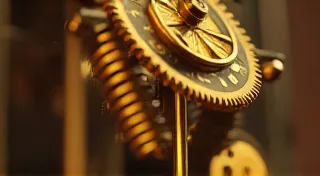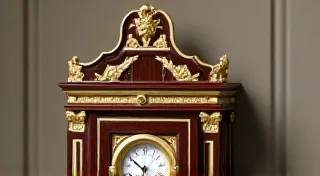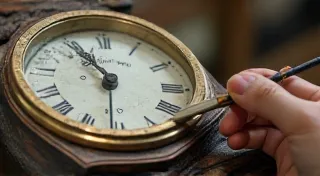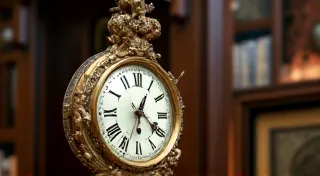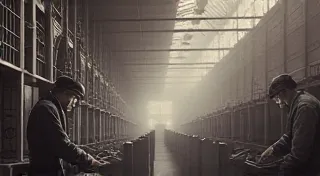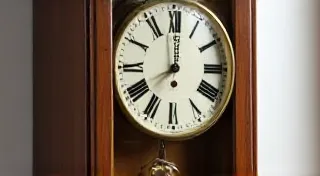The Rise of the Grandfather Clock: History and Evolution
The grandfather clock, a majestic and instantly recognizable symbol of home, boasts a fascinating history rooted in innovation and evolving design. Its journey from a complex novelty to a beloved antique is a compelling story of timekeeping, craftsmanship, and changing tastes. Understanding its evolution is a key part of antique clock identification and appreciation.
Early Origins: The 'Longcase' Clock Emerges
The grandfather clock, more accurately known as a longcase clock, didn’t simply appear overnight. Its lineage begins in the 17th century, following the development of pendulum clocks by Christiaan Huygens in 1656. Prior to the pendulum, timekeeping was less accurate and relied on less complex mechanisms. The introduction of the pendulum dramatically improved accuracy, but early pendulum clocks were often small case mantel clocks or table clocks.
The desire for larger, more accurate, and visually impressive timepieces led to the development of the "longcase" design. The first longcase clocks were crafted in the Netherlands and quickly gained popularity in England. These early models often featured intricate marquetry, elaborate carvings, and complex movements, making them luxurious items owned primarily by wealthy individuals. They were not specifically called “grandfather clocks” at this point; descriptions varied.
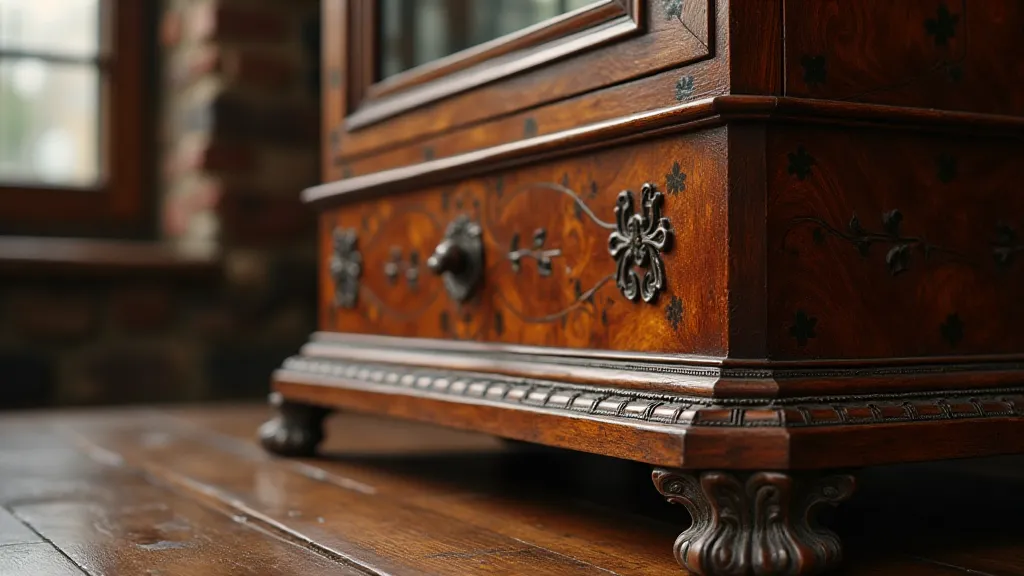
The “Grandfather Clock” Name: A Folk Tale
The popular name "grandfather clock" has a charming, though possibly apocryphal, origin story. It's often said the name originated in the 1870s when a London clockmaker, Edwin Gay, promoted his clocks with a fictional tale of a clockmaker who made a clock for his own grandfather. While the veracity of this story is debated, it perfectly captures the perception of the clock as a family heirloom, passed down through generations.
Design Evolution Through the Centuries
Over the 18th and 19th centuries, longcase clock design underwent significant changes. Early longcase clocks often had relatively plain cases. As styles evolved, casework became more elaborate, drawing inspiration from popular furniture styles of the day such as Queen Anne, Chippendale, and Sheraton.
Dial design also changed considerably. Early dials were often simple Roman numerals. Later examples incorporated more decorative elements, including intricate paintwork, hand-painted scenes, and even calendar mechanisms.
The movement itself continued to improve in terms of accuracy and complexity. The addition of weights, pendulums, and the inclusion of striking mechanisms (to chime the hour and half-hour) became standard features.
The Rise in Popularity and Mass Production
The 19th century witnessed a significant increase in the production of longcase clocks. Improvements in manufacturing techniques made them more accessible to a wider audience. While high-end, handcrafted clocks remained a luxury, more affordable options flooded the market.
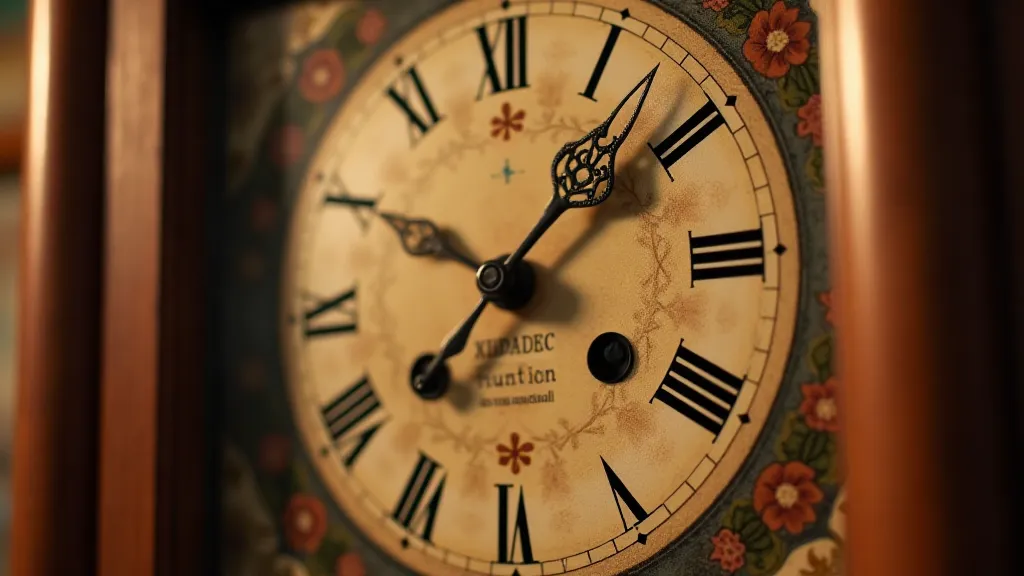
Characteristics of Antique Grandfather Clocks
Identifying an antique grandfather clock involves understanding its key features:
- Case Material: Oak, walnut, mahogany, and cherry are common choices.
- Movement: Look for brass or iron movements with intricate mechanisms.
- Dial: Note the style, numerals, and any decorative elements.
- Weights and Pendulum: These are essential components of the clock’s operation.
- Markings: Look for maker's marks or labels on the movement or case.
The Legacy of the Grandfather Clock
Today, the grandfather clock remains a treasured symbol of traditional craftsmanship and a timeless addition to any home. Collecting these antique clocks is a rewarding hobby, allowing enthusiasts to connect with history and appreciate the skill of past generations. The story of the grandfather clock is a testament to human ingenuity and the enduring appeal of beautifully crafted timekeeping devices.
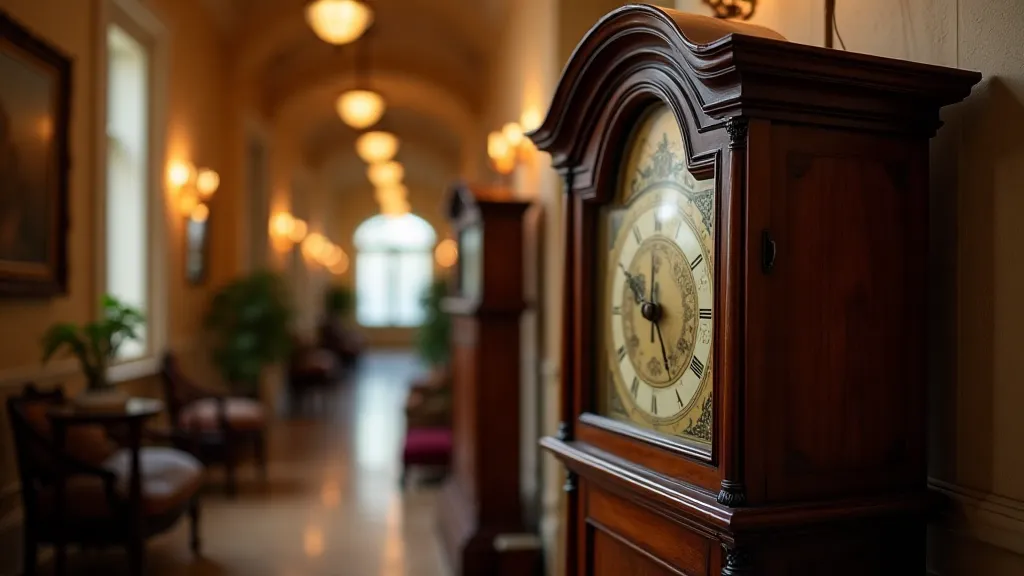
Understanding the clock history and evolution of the grandfather clock is essential for anyone interested in collectible clocks and the fascinating world of timekeeping.
